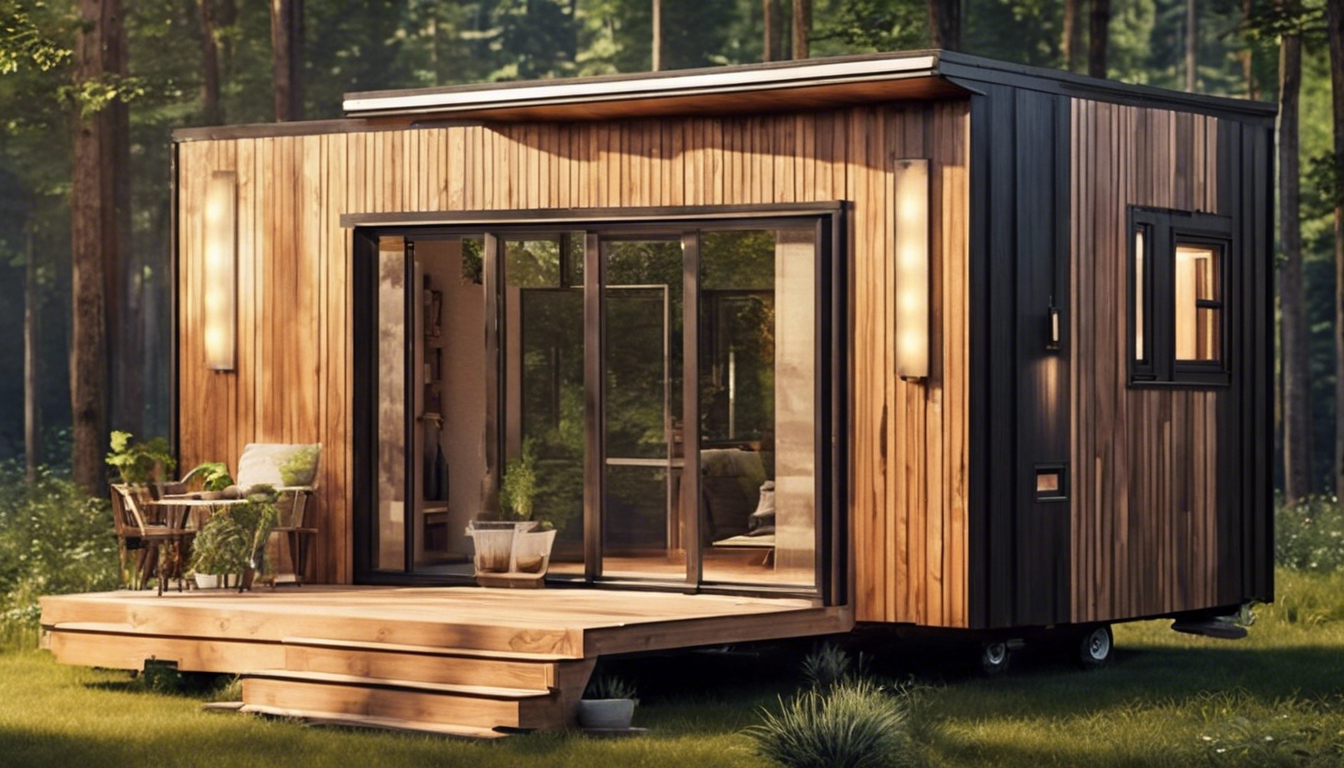Tiny homes are more than just a trend; they represent a shift towards sustainable living.
These compact dwellings offer an efficient way to maximize space while minimizing environmental impact.
As more people look for ways to declutter their lives and reduce their carbon footprints, tiny home plans become an attractive option.
In this article, we will dive into the benefits of choosing sustainable tiny home plans, showcase top innovative designs, discuss essential considerations for constructing a tiny home, and provide valuable resources for finding the perfect tiny home plan.
Whether you are looking to build your own tiny home or simply wish to learn more, this guide will provide the information you need.
The Most Popular Modular/Tiny Home On Amazon
Top Innovative Tiny Home Designs
Tiny homes offer a practical and efficient solution for those looking to downsize or live more sustainably.
When exploring tiny home plans, one will find a variety of innovative designs that maximize space and functionality.
One popular design features a lofted sleeping area, allowing for an open living space below.
This layout often incorporates multifunctional furniture, such as a sofa that converts into a bed or a dining table that folds away when not in use.
Another striking option is the use of containers, which repurpose shipping crates into stylish living spaces.
These homes often include large windows for natural light and an industrial aesthetic.
Additionally, some plans focus on integrating outdoor spaces, like decks or patios, to extend the living area.
By choosing cleverly designed tiny home plans, individuals can enjoy a smaller footprint while maintaining comfort and style.
Essential Considerations for Tiny Home Construction
Constructing a tiny home requires careful planning and consideration.
Start by selecting suitable tiny home plans that match your lifestyle and budget.
Consider the location for your tiny home; it should comply with local zoning laws and building codes.
Focus on energy efficiency and choose materials that support sustainability.
Design the layout for maximum functionality, ensuring you use space wisely.
Pay attention to the utilities; plan for water and electrical systems from the beginning.
Finally, think about storage solutions, as they will play a crucial role in keeping your tiny home organized.
By addressing these essential factors, you can create a comfortable and practical tiny living space.



